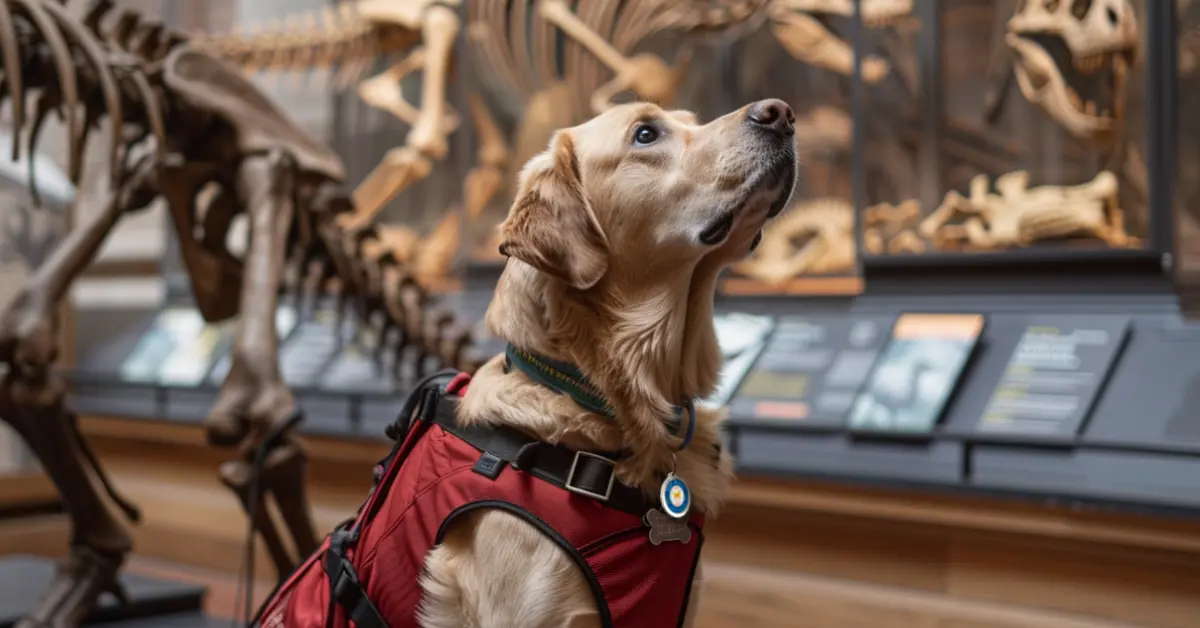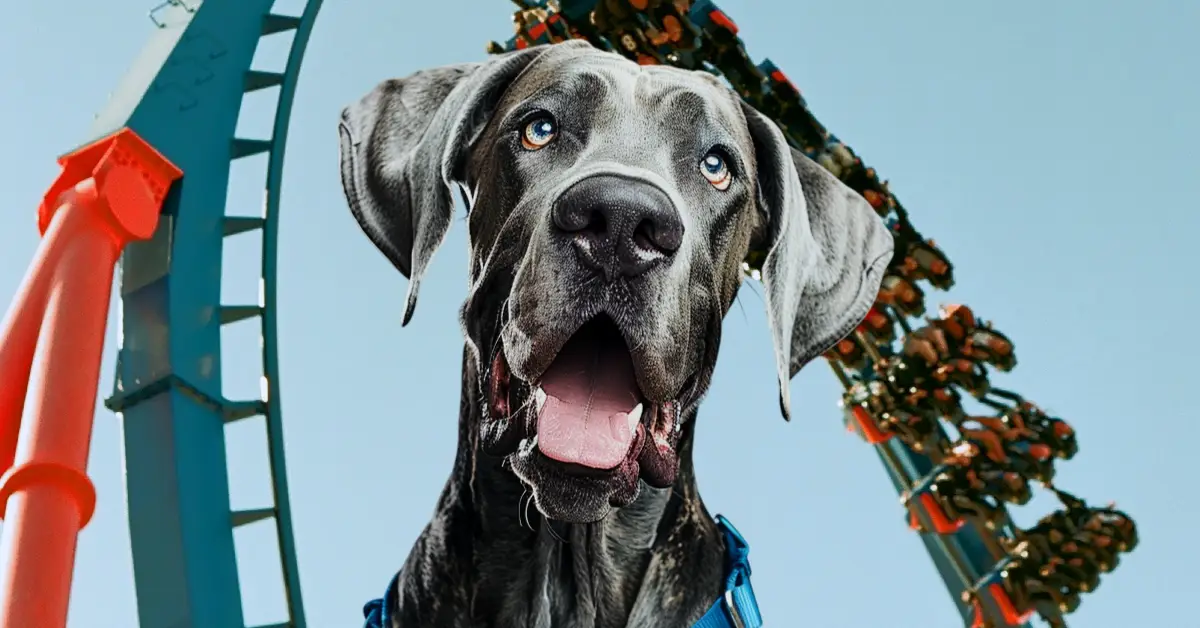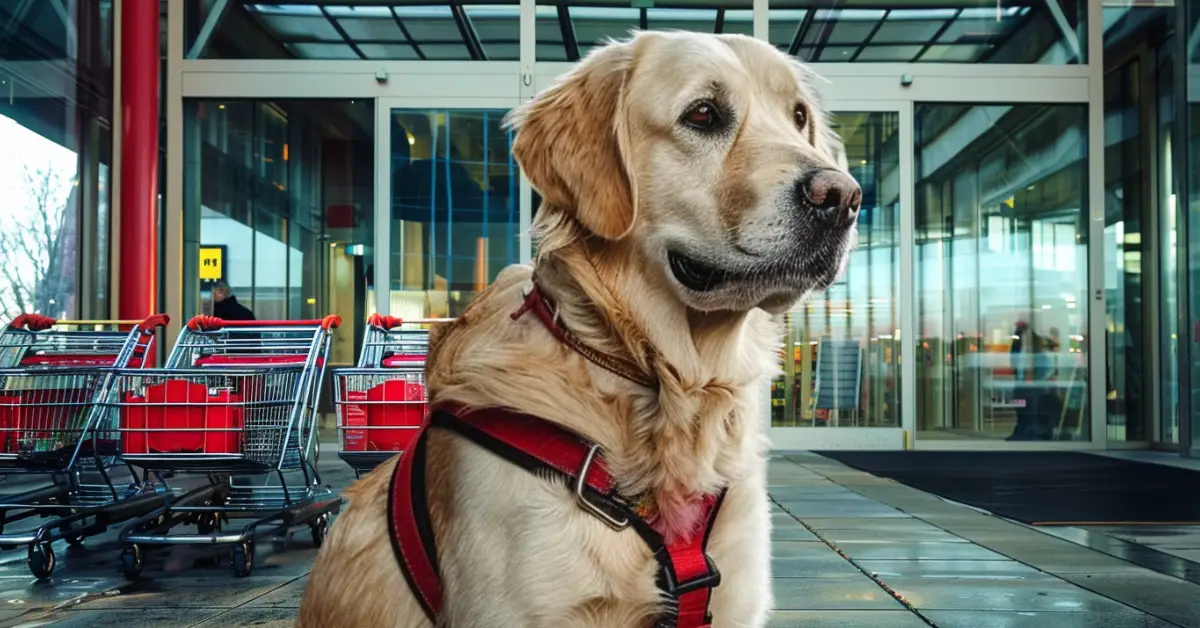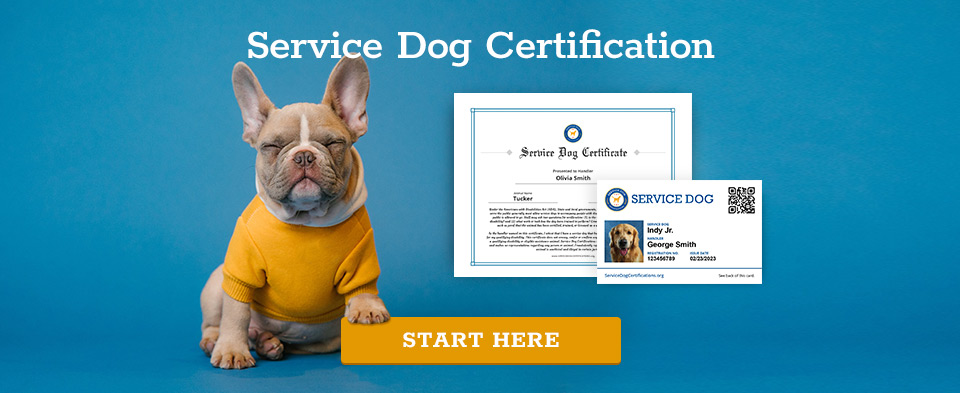How Dogs Can Smell Anxiety and Stress

Did you know that some service dogs alert their handlers to rising anxiety, sometimes before they even fully notice it themselves? It’s not magic, though it might seem like it. It’s actually an incredible combination of your dog’s amazing nose and your body’s chemical response to stress. Dogs can be trained to detect stress signals with their nose and then respond with service dog tasks.
Your Dog’s Amazing Nose: The Perfect Scent-Detection Machine
We all know dogs have great noses, but the reality is mind-blowing. While we humans bumble around with our measly 5-6 million scent receptors, your dog is rocking a whopping 300 million receptors! Dogs dedicate about 30% of their brain to analyzing smells!
But it gets even better — inside your dog’s nose is an architectural marvel of folded tissues and special bones that puts our best technology to shame. When your dog takes a single sniff, they’re not just smelling one thing — they’re analyzing layers of chemical information like a scientist with a mass spectrometer. Their sense of smell is thought to be 1,000 to 100,000 times better than that of humans! One study even suggests that a dog’s sense of smell and vision are linked, meaning that dogs might actually “see” with their noses.
Just how powerful is a dog’s sense of smell? They can detect a single drop of liquid in 20 Olympic-size swimming pools. Think about that difference for a second: When you walk into a room and smell soup cooking, you just smell soup. Your dog? They’re detecting each individual ingredient, whether the vegetables were fresh or frozen, what spices were used, and probably even where the ingredients came from.
They can detect some odors in concentrations as low as parts per trillion. To put that in perspective, that’s like being able to taste a teaspoon of sugar dissolved in a million gallons of water!
How Dogs Can Smell Your Anxiety
In 2022, researchers at Queen’s University Belfast conducted a groundbreaking study that proved dogs can detect human stress through smell alone.
The researchers collected breath and sweat samples from human participants before and after they tackled a difficult math problem. The participants’ stress levels were validated through heart rate and blood pressure measurements, along with self-reporting of stress levels.
Four dogs were then presented with these samples. The results? The dogs correctly identified the stress samples with an accuracy of 93.75%. What’s particularly important about this study is that the samples came from people the dogs had never met, proving they were detecting the stress itself, not just changes in familiar people.
When we experience anxiety or stress, our bodies undergo several measurable changes:
- Our sweat glands become more active
- Our breathing patterns change
- Our heart rate increases
- Various hormones are released into our bloodstream
These changes create what scientists call “volatile organic compounds” (VOCs) — molecules that evaporate easily at room temperature and create distinctive odors. While many of these compounds are too subtle for humans to detect, dogs’ superior olfactory systems can pick them up easily.
Service Dog Responses to Smelling Stress
Think about the last time you felt anxiety building. Maybe you noticed your heart racing or your thoughts starting to spiral. Imagine having a partner who could spot those signs before you feel them and jump into action to help. That’s exactly what anxiety response service dogs do, thanks to their ability to smell the chemical changes that happen when anxiety begins.
Here are some tasks that service dogs are trained to perform when they detect stress or anxiety in their owners through their olfactory system:
- Deep Pressure Therapy
- Grounding Tasks
- Crowd Control
- Licking and pawing
- Reminding the handler to take medication
Service dogs can perform tasks that help activate the body’s natural calming system. One handler described it as “like having a reset button for anxiety.”
For handlers who get shaky or dizzy with anxiety, some dogs provide physical support the moment they detect those early chemical changes. And for those who have anxiety-related behaviors like skin picking or hair pulling, dogs can interrupt these patterns with gentle interventions timed precisely to when they smell anxiety building.
One handler described it perfectly: “My dog doesn’t just help with anxiety — she changes how anxiety affects me. Because she catches it so early through scent, we can usually prevent it from becoming overwhelming. It’s like having an early warning system and a support team all wrapped up in fur.”
Remember, each service dog learns the specific combination of tasks that works best for their handler. Some might focus more on physical comfort, like deep pressure, while others might specialize in environmental management, such as finding exits or creating space. The magic happens when you match the right tasks to each partnership, creating a support system that is precisely tailored to that handler’s needs.
About the Author: The writing team at Service Dog Certifications is made up of folks who really know their stuff when it comes to disability laws and assistance animals. Many of our writers and editors have service dogs themselves and share insights from their own experiences. All of us have a passion for disability rights and animals.
2 comments
Leave a Reply Cancel reply
Latest Posts

Can you bring a service dog to a museum?
Yes, you can bring your service dog to the museum! All the major U.S. museums welcome guests with service animals in accordance with the Americans with Disabilities Act (ADA). There are some areas, however, that might be off-limits. Here’s what you should know if you plan to spend a day at the museum with your […]

Read More

How to Bring a Service Dog to Six Flags Magic Mountain
Service dogs are welcome at Six Flags Magic Mountain so long as they are, according to Six Flags, “trained to do work or perform tasks for people with disabilities.” Of course, your dog must be housebroken and remain on a leash or harness and under your control while at the park — and the park […]

Read More

When Stores Can Refuse Your Service Dog
According to the Americans with Disabilities Act (ADA), service dogs should be allowed into any store most of the time. A store owner can legally exclude a service dog if they are actively growling, snapping at, or frightening customers, or if the dog is obviously out of the control of its owner. Ordinary behaviors — […]

Read More

Which Category of Service Dog would be needed to allow my pet to accompany me on airplane travel and allow him to visit me in a hospital if I were a patient? I have an eight year old Bishsn Freise who is very gentle and alert. I have mobility issues, must use two or four wheeled walker at all times.
In the U.S., all types of service dogs are allowed to fly on planes under the Air Carrier Access Act. That includes psychiatric service dogs and mobility service dogs.